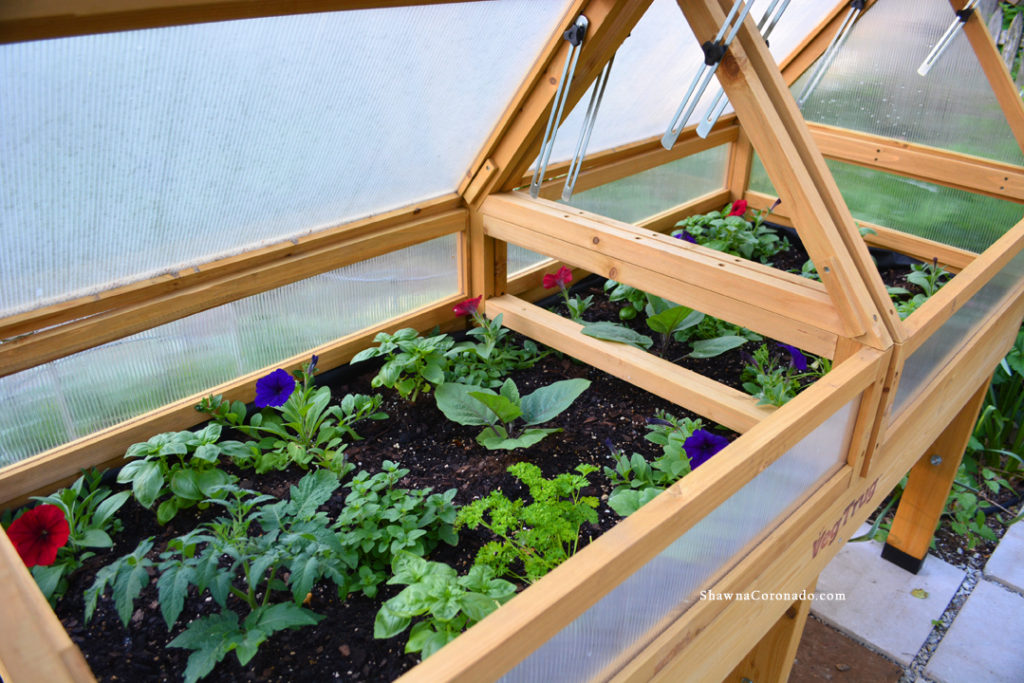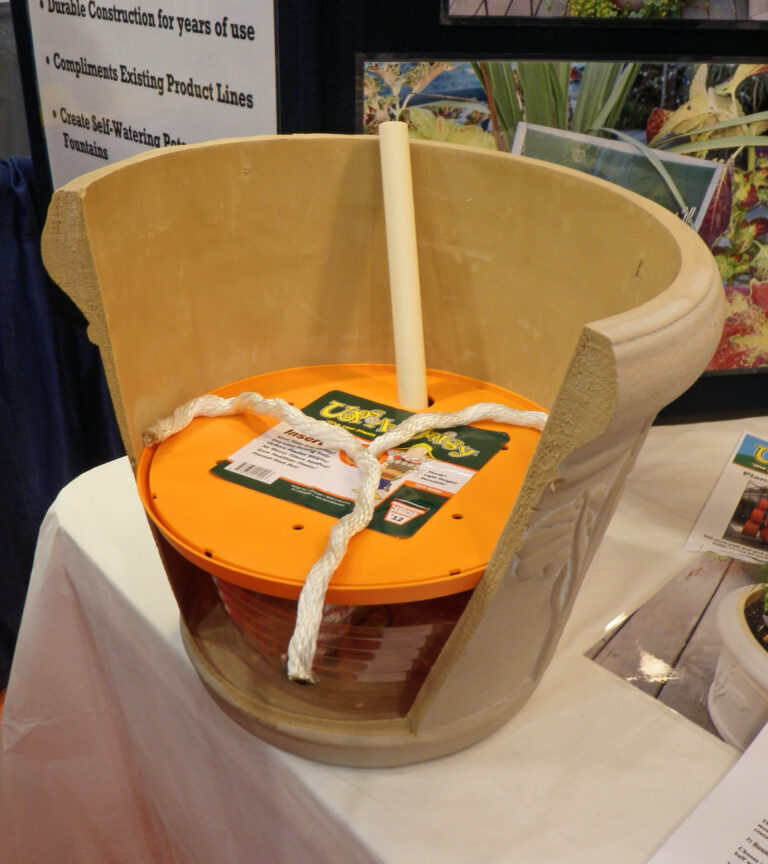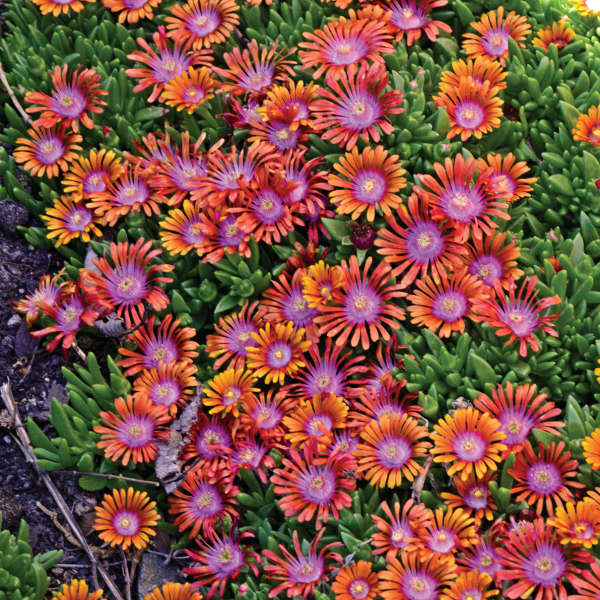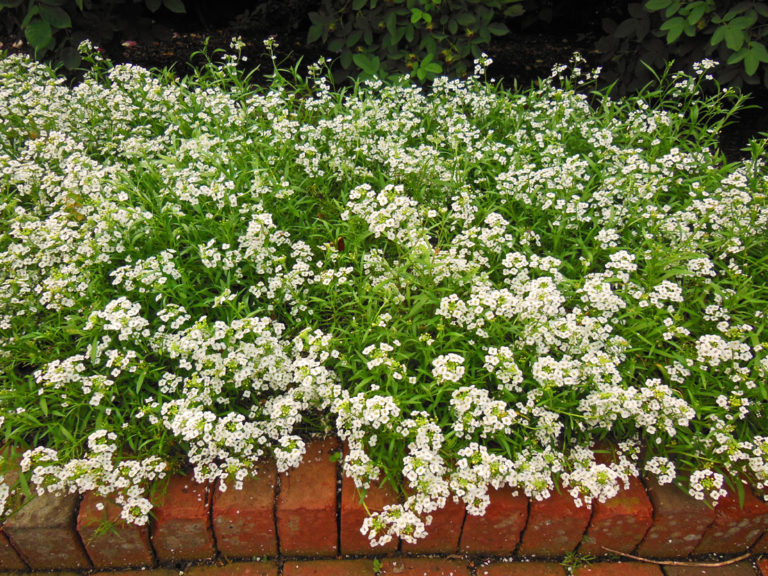Garden Peat Moss and Chronic Asthma; the Shocking Health Connection
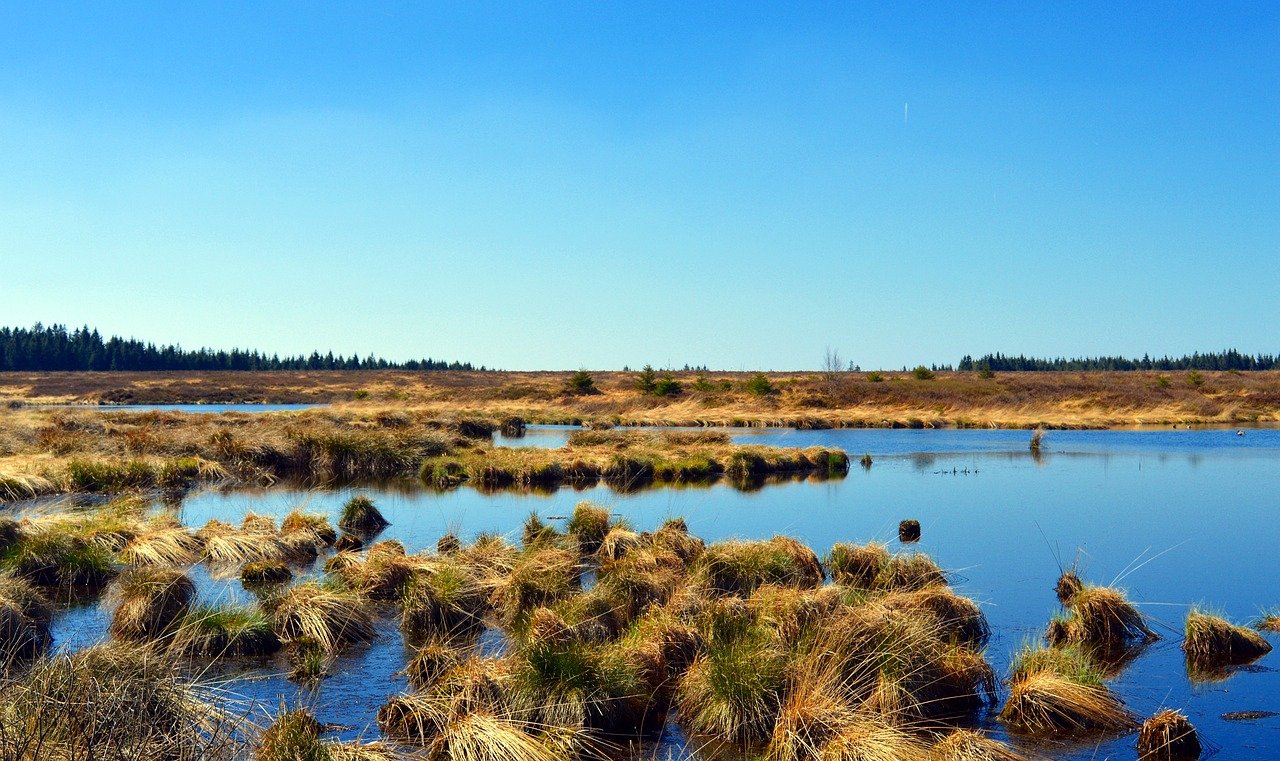
Connecting peat moss and chronic asthma seem improbable, yet some of the modern-day peat moss products we use in our gardens come from peat bogs (see above) and can cause major health concerns. I have made a vow to only use peat-free products in my garden and I want you to consider utilizing peat-free products also. While the story about peat moss begins with our small garden plots and container gardens, it extends to the need for better air quality and environmental and climatic preservation on a global basis.
Asthma is on the Rise!
In the United States, asthma and allergies are on the rise, specifically for children. According to the Center for Disease Control and Prevention, 1 in 12 Americans suffer from asthma with $56 billion per year spent in medical costs, lost school and workdays, and even early deaths. While diet and behavior have an effect on asthma health, by and large, air quality and environmental factors make a significant impact on increasing cases. Scientists believe that climate change and the increase of climatic pollution cause a very pronounced effect on our well-being.

What is Peat Moss?
The product we refer to as “peat moss” is actually the dead remains of a plant called sphagnum moss. Most sphagnum moss comes from deep wet marshes known as peat bogs. There are approximately 1.6 million square miles of peat bogs worldwide. That is 3% of the world’s surface. They formed thousands of years ago, particularly in high latitudes, after glaciers retreated at the end of the last ice age.
Most peat accumulates quite slowly at perhaps 1 millimeter per year. Peat bogs can be between 6 to 16 feet (2 to 5 meters) deep. There are several different types of bogs around the world. All bogs are incredibly valuable ecosystems. Bogs contain more carbon than all the trees and plants on the planet.
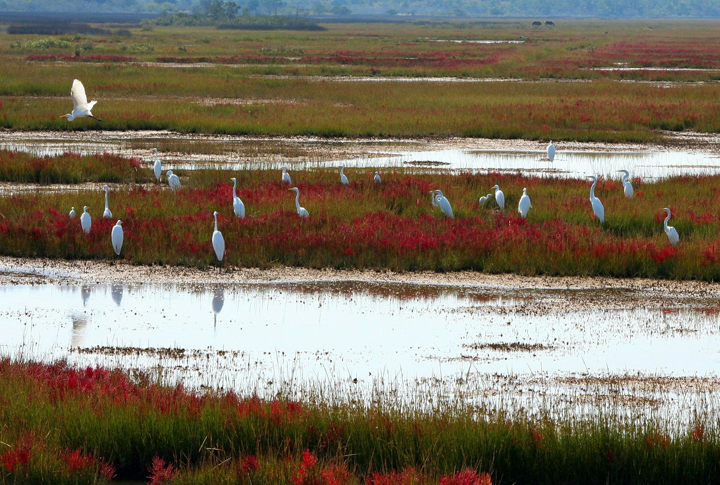
Why is Peat Moss Important to the Environment?
Peatlands store one-third of the world’s soil carbon. Harvesting vast quantities of this very slow-growing natural product for garden compost and soil means that it does not have time to regenerate. Harvesting is part of what is destroying the peat bog ecosystem. Peatlands hold enormous quantities of carbon. Sphagnum cannot be recovered quickly. This means that removing the peat disrupts the global carbon cycle.
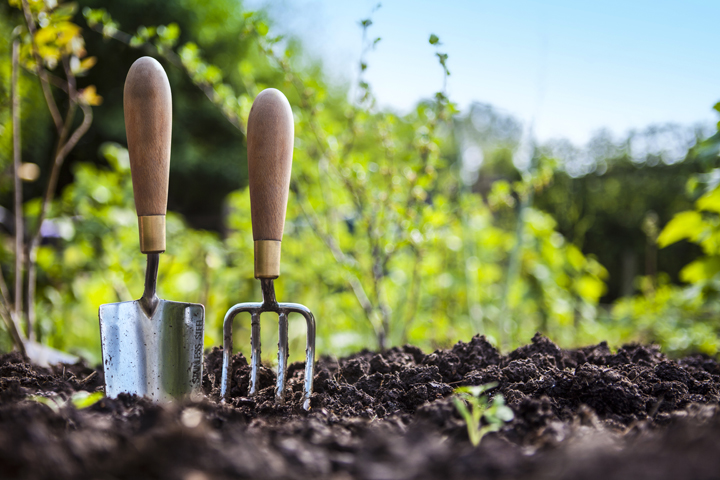
Peatlands Store More Carbon
When peatlands store more carbon than they lose in any given year, they serve as a net carbon sink and offset a portion of the world’s greenhouse gas emissions in carbon sequestration.
Another difficulty for the worldwide peat bog ecosystem is fire. Climate change threatens peatlands. Warming temperatures make the bogs drier than they were in the past. This dryness makes a peatland more susceptible to fire and therefore, a source of carbon dioxide added to the atmosphere. Peat fires are unique as they can smolder beneath the ground very slowly for months and even years. These climate-related fires can cause the global CO2 concentration in our atmosphere to increase to unhealthy standards. Then air quality around the world reduces substantially.
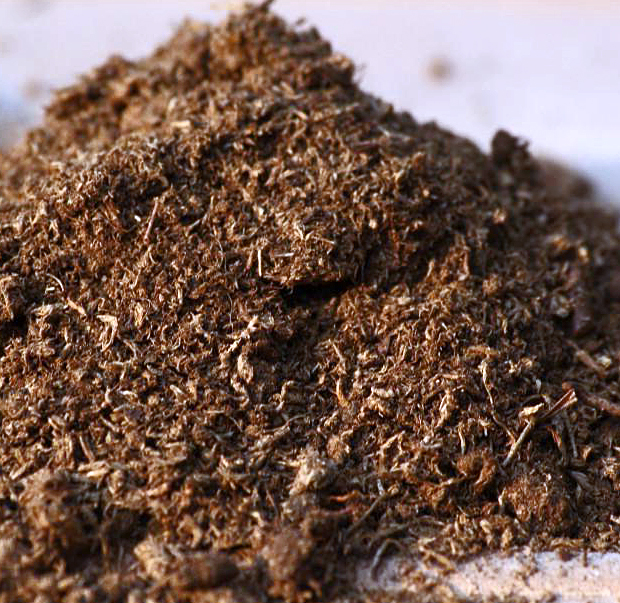
How Does Peat Moss Specifically Increase Chronic Asthma and Lung Conditions?
There are several ways that peat moss can increase lung-related health conditions such as asthma, bronchitis, and pneumonitis which have been scientifically documented.
- Peat Dust – As peat moss is processed for soil and compost amendment, it is broken down into small particles. It can trigger asthma and other bronchial problems (the above photo shows dried and processed peat moss). Peat workers have a high incidence of chronic lung conditions. This is due to their breathing in the peat particles.
This same thing can occur when handling peat moss in your gardens and containers. Floating, nearly invisible, particles can be inhaled into the lungs while gardeners handle the material. Asthma reactions are triggered when near soil that has a heavy peat moss content. The peat can be lifted, released, and blown about in the atmosphere during a breezy day. - Peat Mold – Peat moss harbors heavy mold content. While compost can also have mold issues, peat moss often holds more moisture, so is more likely to hold mold spores. Mold or fungus often triggers asthma.
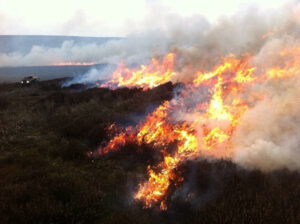
- Peatland Fire – When slow-burning peatland fires hundreds of miles from major populations occur, the winds from those fires spread the fire particles throughout large sections of the world. Fires stretch across thousands of miles. Peatland fires affect climate change. The air quality in zones where the tiny particles float in the air is poor.
Large bog areas are open as sphagnum peat moss is removed. With open sites, it makes it more likely to dry further and persist as a fire hazard. In other words, the more sphagnum we harvest, the more likely we will perpetuate the air quality issue.
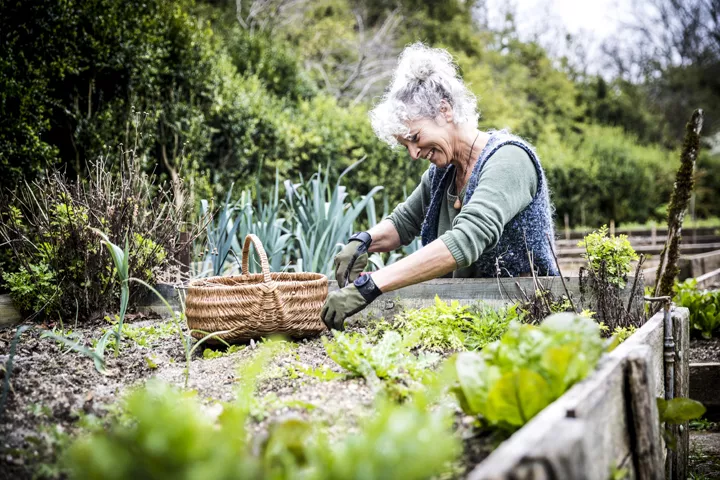
What Should You Use Instead of Peat Moss?
Gardeners have utilized sphagnum moss for its nutrient density, slow decomposition rate, high acidity, and its water-holding capacity. Sphagnum can hold its weight in water. These unique qualities have made it a soil amendment for hundreds of years and are why there is still a demand for peat. We can use other products in the garden that are better for the environment and better for your lung health. In order to reduce the use of sphagnum peat moss in your gardens, it is as simple as utilizing peat-free soil and compost.
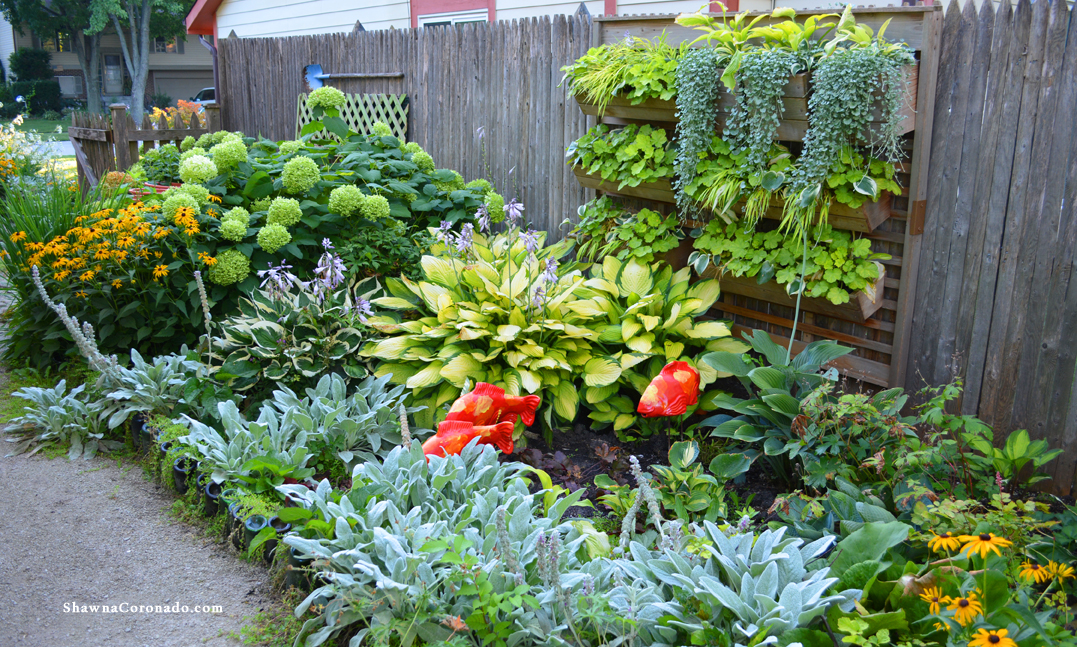
Peat Free Potting and Garden Soil
This season I have decided to try a new product that is sustainable, 100% peat-free, organic, environmentally friendly, and contains beneficial bacteria and fertilizer for better plant support. Beyond Peat™ Professional Organics Potting Mix and Beyond Peat™ Professional Organics Raised Bed Mix will be new products in my vegetable and container gardens this season. It will be fun to experiment with this OMRI® certified organic product this season. Beyond Peat is touted as a sustainable alternative to traditional peat moss.
Follow along this season as we see how Beyond Peat™ organic soil mixes perform in my hot Arizona garden conditions. Will, this soil save water and maximize plant yield with its exclusive Bio-Fiber™ Technology? Claims state that the soil can hold up to 7X its own weight in water and create 25% more air space than traditional peat moss. This would certainly make it a viable alternative for growing an edible organic garden.
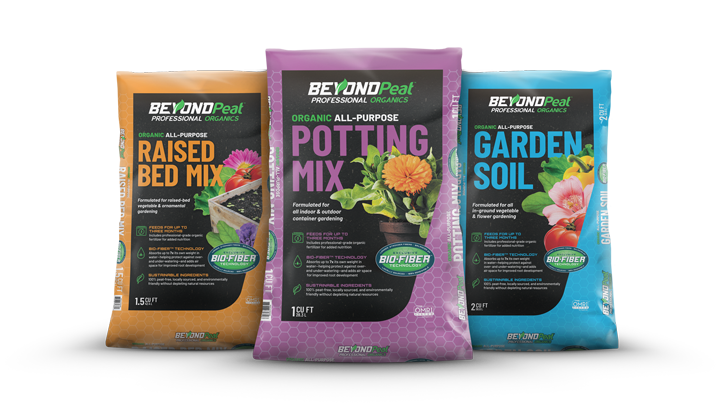
This season I am growing exclusively in containers and raised beds. I want to show you how to GARDEN UP in order to have less stress and strain on joints and back while also addressing better lung health. Help the environment this season by trying products that will help our world and our community. See you in the garden!
